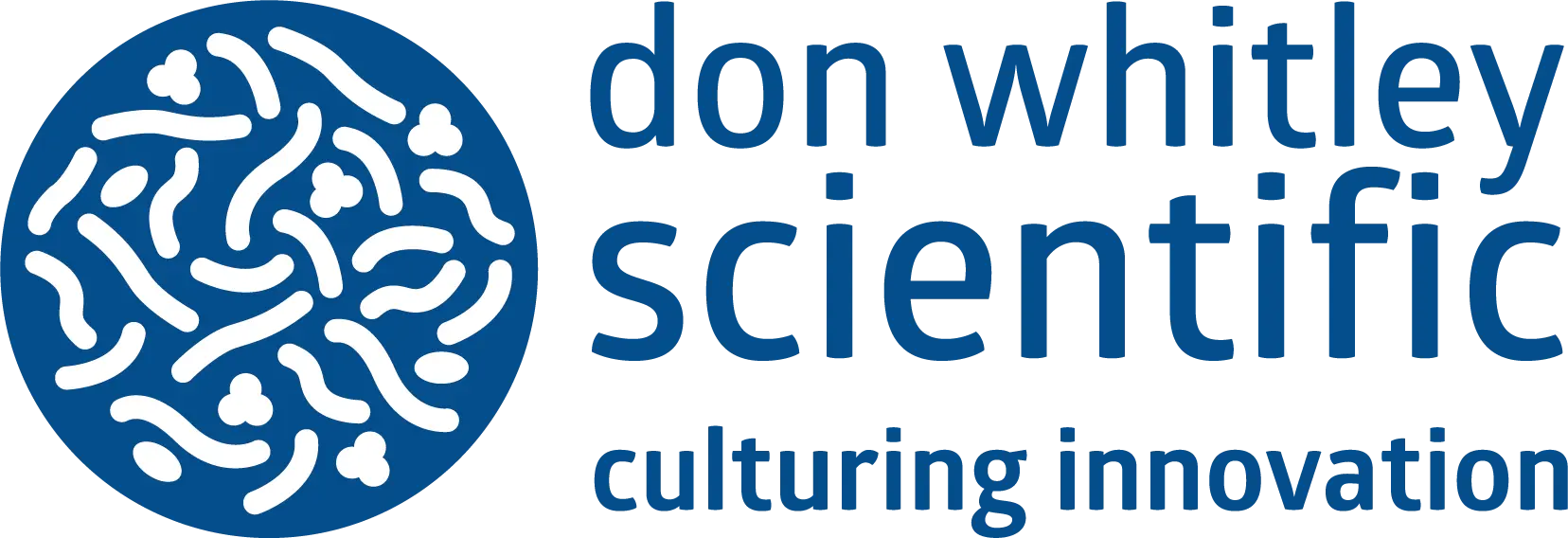
Our US/Canada distributor, HypOxygen, wanted to find out more about Whitley H35 and H45 Hypoxystation customer Brad Wouters’ recent research, especially the newly published paper describing his three-dimensional tumour TRACER project, published as “A three-dimensional engineered tumour for spatial snapshot analysis of cell metabolism and phenotype in hypoxic gradients“ (Rodenhizer et al., Nature Materials 15, 227–234, 2016).
Interview with Brad Wouters, Princess Margaret Cancer Center, Toronto. March 4, 2016
“The paper describes a new device that enables us to create naturally occurring oxygen gradients, such as the ones found in tumours. The TRACER (engineered tumour roll for analysis of cellular environment and response) developed by Alison McGuigan of the University of Toronto is basically an engineered tumour that is assembled by rolling a single-component biocomposite sheet. Respiration-induced oxygen and metabolite gradients are established inside the device, so it’s an alternative to other 3D models such as spheroids. The benefit is that the TRACER rolls can be rapidly disassembled, enabling you to interrogate the biological phenotypes or properties, characteristics, and metabolites of the cells in those defined locations within the gradient, in the six layers of the tracer. The cells can be removed in a variety of ways; you can remove the cells in a viable way and process them as you would any cells, to do flow cytometry, metabolomics, cell survival, proliferation.
These studies can, in part, be carried out within the TRACER itself, by staining for proliferation markers, but you can also take those cells out and look at their long-term clonogenic potential, whether or not they’ve retained the capacity for self-renewal, etc. We are modifying the microenvironment of those cells and that allows you, following the exposure under those conditions, to interrogate the biology of those cells in any sort of standard assay. The TRACER allows the establishment of defined, natural gradients for both oxygen and metabolites, so rather than having to define the conditions yourself, they establish naturally as they would inside a tumour. These conditions don’t, of course, stay constant in the cells: you can conduct the assay in the TRACER, and then the cells are taken out and analyzed with regard to their properties and phenotype, their gene expression or metabolite or protein levels, or oxygen consumption rates. Previously, there has not been any real way to do this, people have used 3D models such as spheroids, which also establish gradients, but then it is very hard to extract the cells of interest. You can’t get the cell that was 5 μm in, or 20 or 40 μm in, although a few groups have tried to do this via differential trypsinization. But the process involves trypsinizing one layer, neutralizing, then working on another layer, and another, and it’s not a very controlled process, not amenable to a routine interrogation. The cells, wrapped up in layers in the TRACER, are establishing their own gradient like they do in real tissues, through their own metabolism. We use the hypoxia workstation to establish a baseline, as a control, on unrolled membranes; this is where we can define the oxygen level ourselves. We can set the external concentration to a fixed oxygen level and look at the resulting gradients and metabolites and so on, too. The real advantage is that we create these gradients from the external to the internal side, and that external level is what we define. That could be 20% oxygen, but it could also be 1% or 2%, and in that case we can have the rolled-up TRACER inside the hypoxia chamber. We have tried out various oxygen levels in the hypoxia workstation and the oxygen gradients in the TRACER are very different, as are the metabolite gradients.
Both high and low oxygen levels cause oxidative stress in very different ways, ambient levels of oxygen that cells are exposed to, and that they adapt to, influence biological systems. There are lots of enzymes that use oxygen and the availability of oxygen can modify the activity of those enzymes. Many of these enzymes have feed-back controls to adapt to the underlying levels of oxygen. When the system is perturbed, and oxygen is changed, there is an adaptive period where the cell is changing its basal steady state, and its reactive redox potential, and then a final version where the cell is stabilized, and everything is changing as a function of oxygen. For historical reasons, people culture cells at 20% oxygen, although there are very few cells in the body that experience that level of oxygenation. Cells are adaptive, and they are established under those conditions, and when you change conditions, what you observe isn’t always a reflection of the steady state differences, it’s sometimes just a recognition of the adaption that’s going on. Each enzymatic system that uses oxygen has different dependencies, different affinities for oxygen, different Km’s and kinetics, so as you change oxygen concentrations, oxygen sensitive signaling pathways are differentially influenced. Everything we do in tissue and cell culture is an artefact, and understanding how the conditions chosen for cell culture influence the biology being studied also comprises the question of oxygen levels.
The TRACER model is being used in several labs now and with a number of cell lines, including stromal cells and other cells which are subject to microenvironmental changes in metabolites or oxygen. Part of the reasoning for developing the TRACER was to study cell movement and migration inside these gradients, either as it goes on or is prevented. Based on the structure of the materials used in the TRACER, movement can either be allowed or inhibited, and the consequences can then be investigated.
We use the workstation all the time, for drug screening and establishment of cell lines. We use the IncuCyte ZOOM live-cell imaging system inside one of our hypoxia workstations, as one tool in addition to the incubation aspect of keeping the culture in the workstation.”


 en
en

 English
English